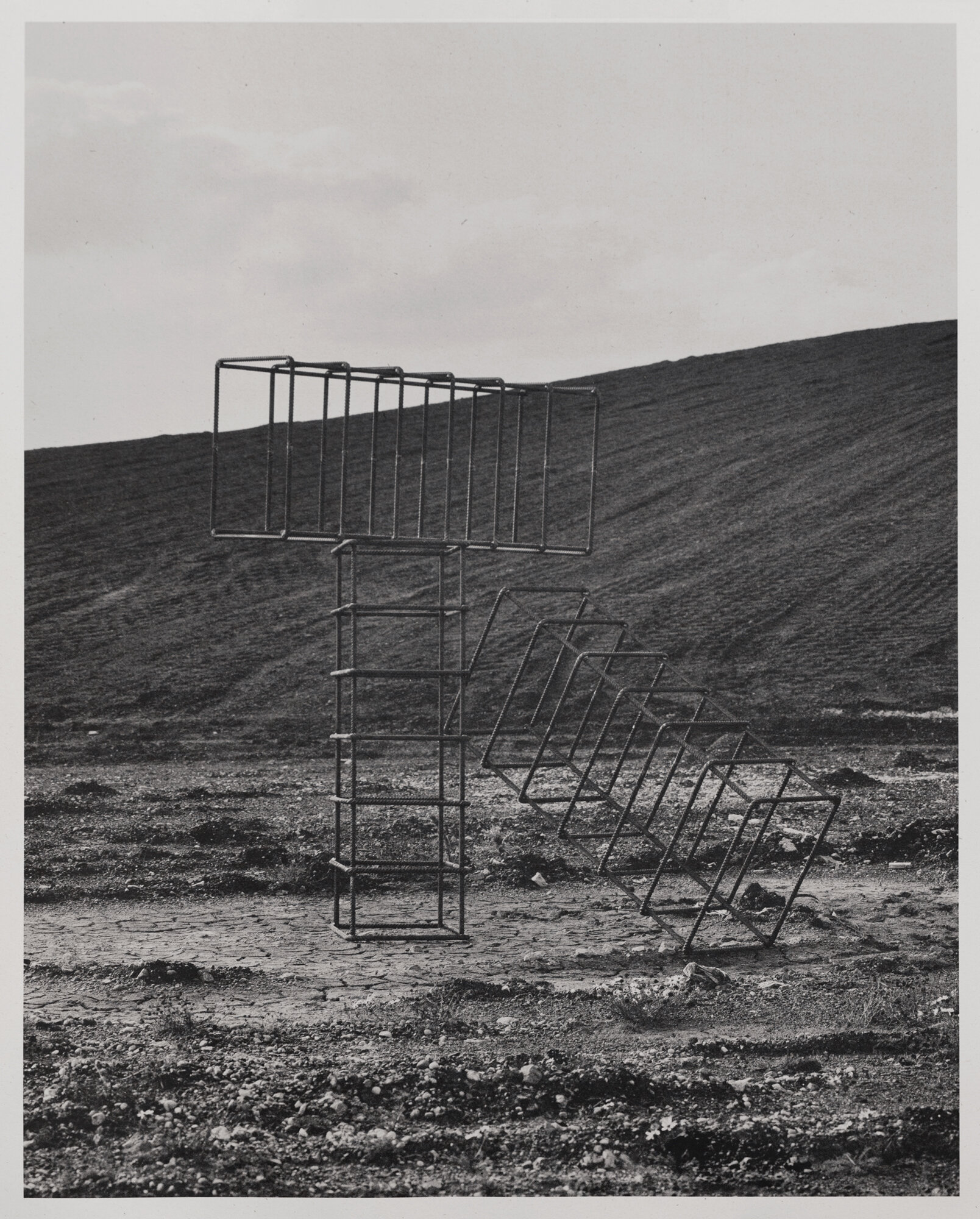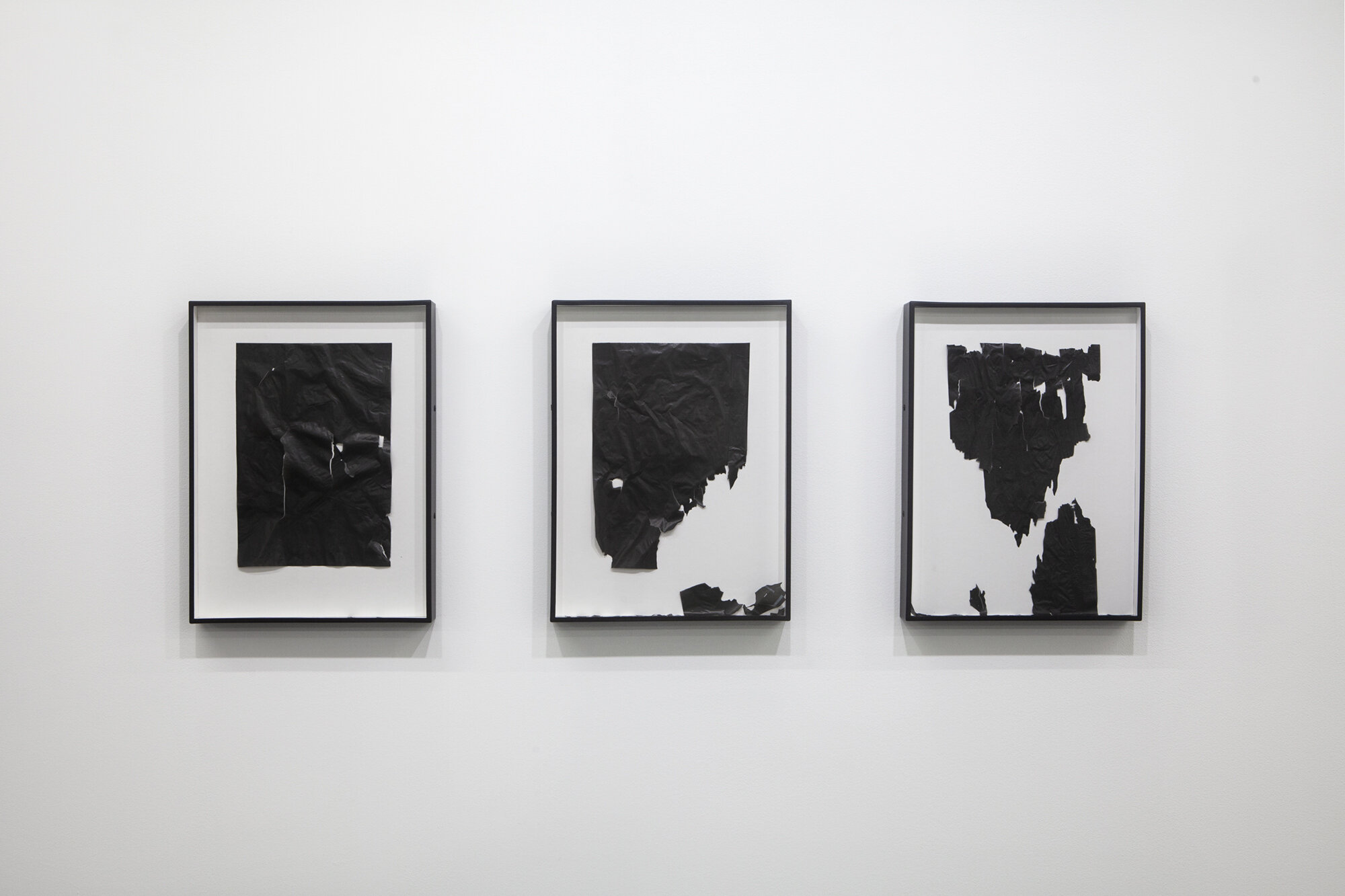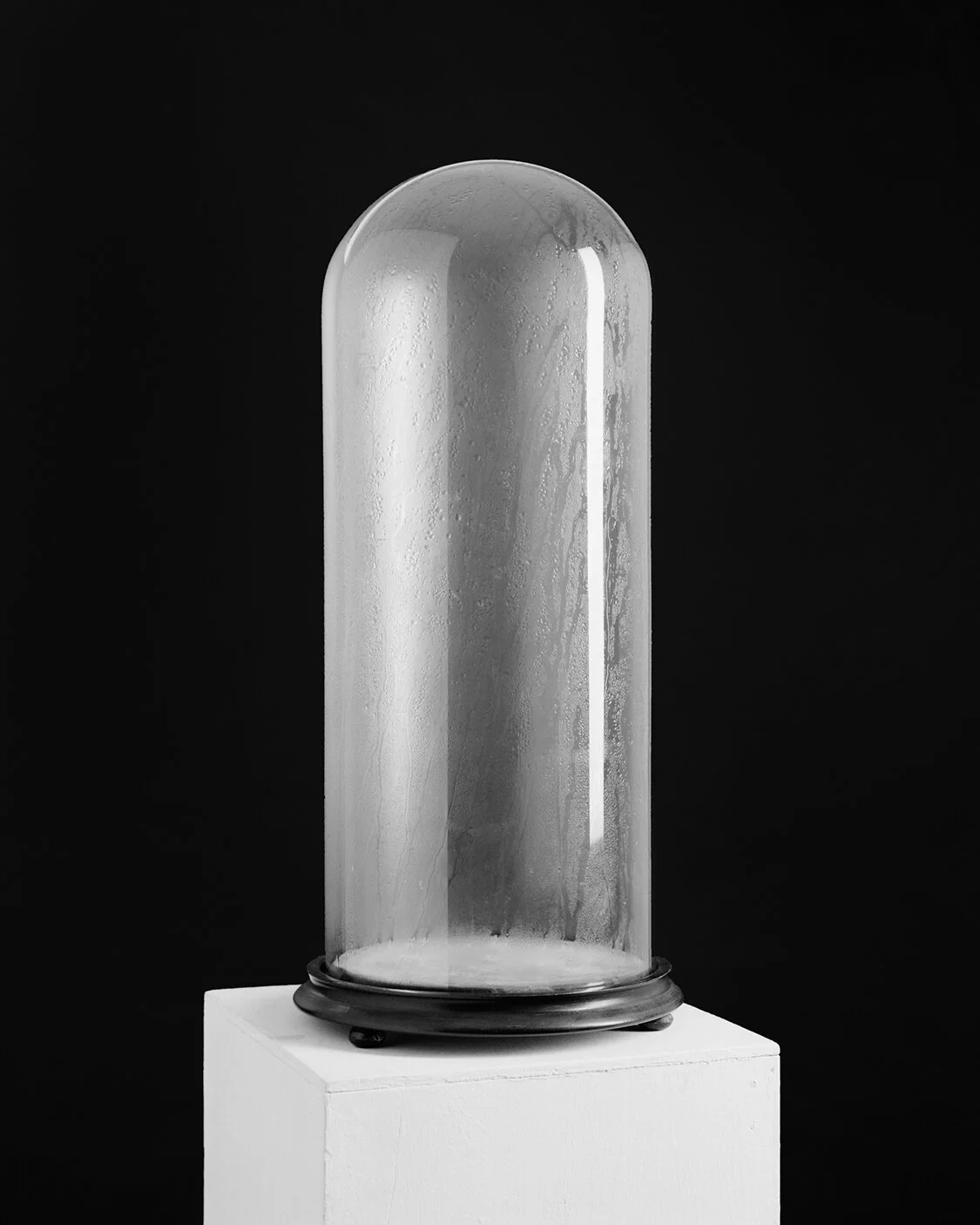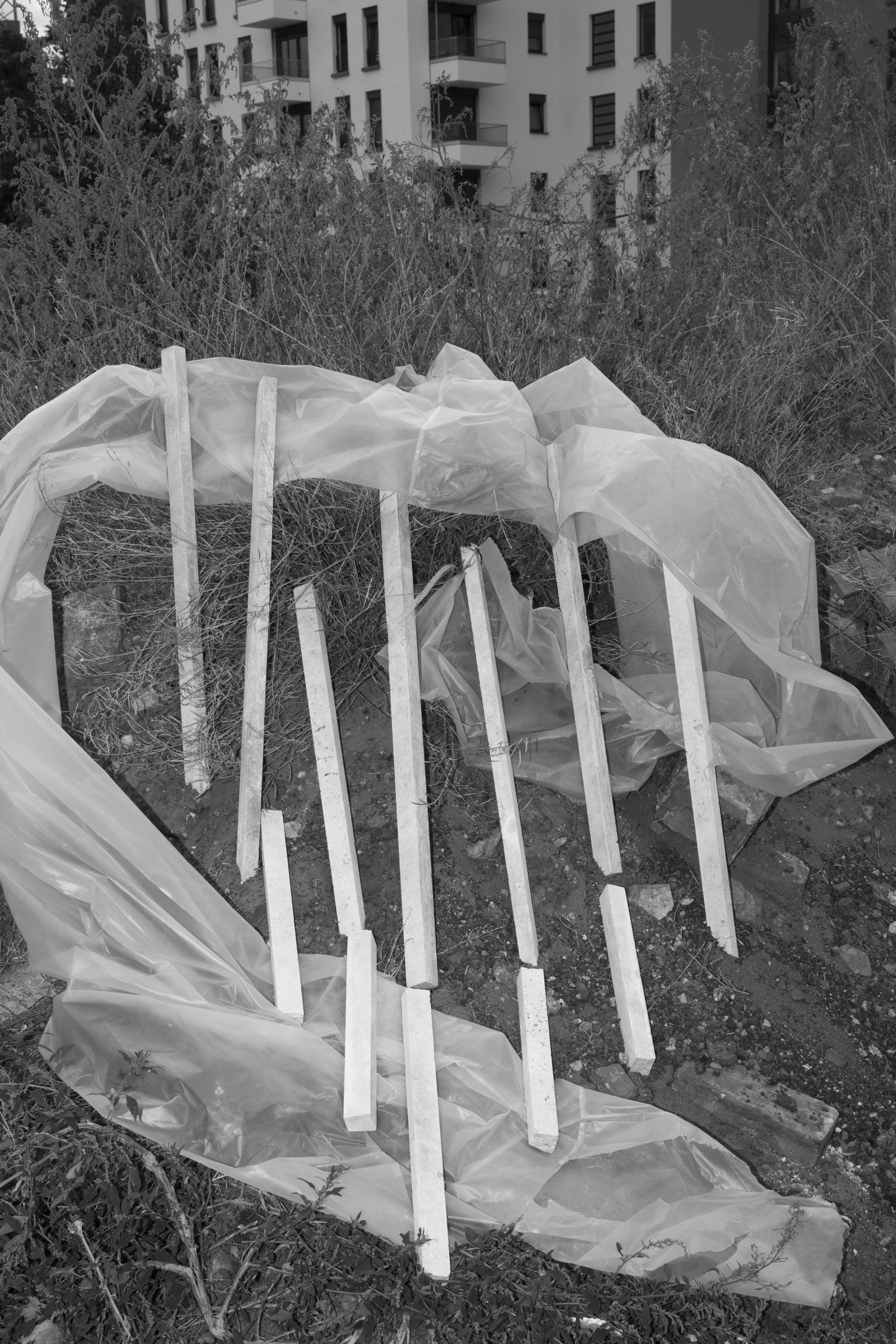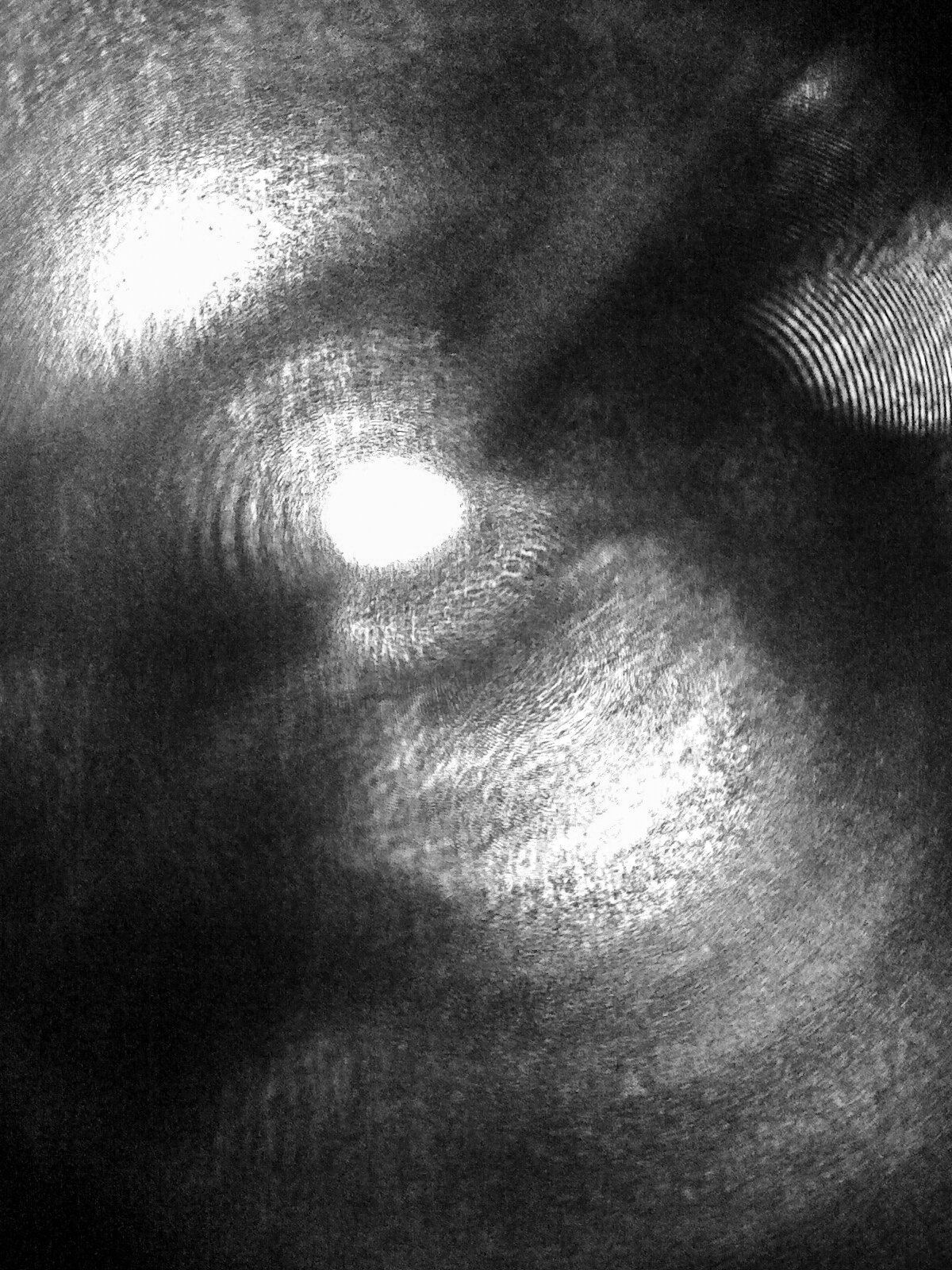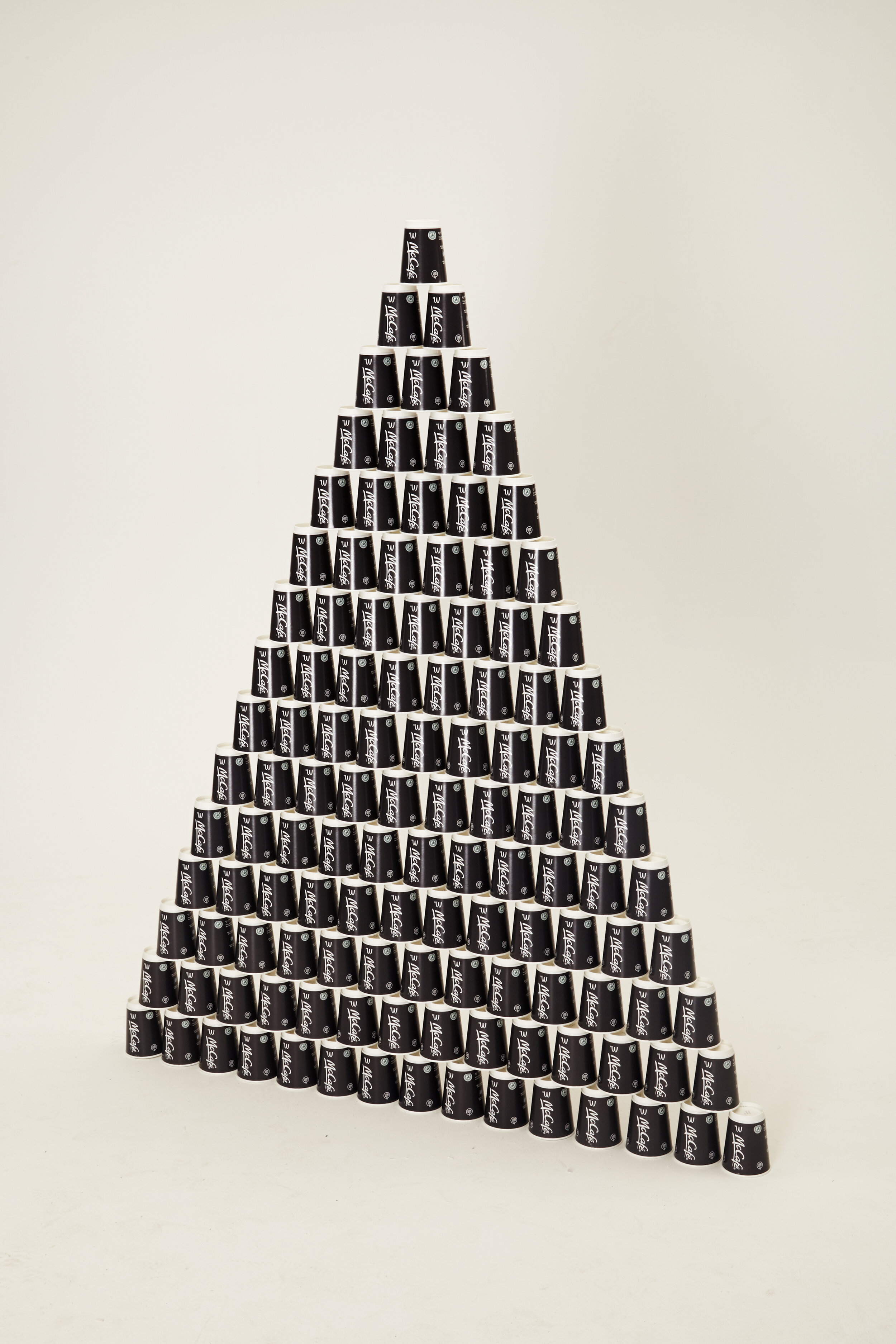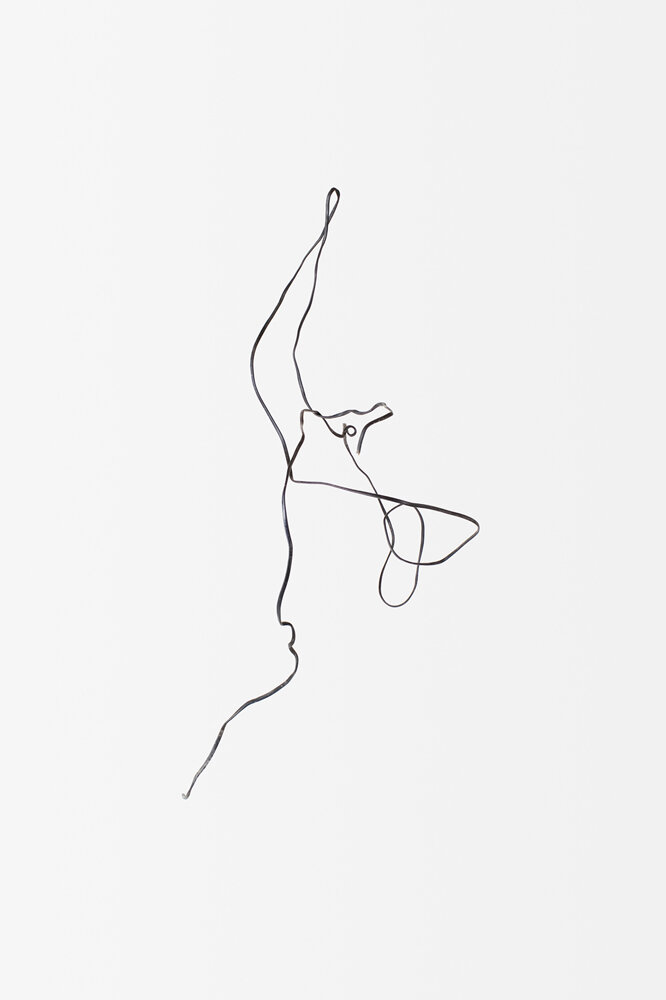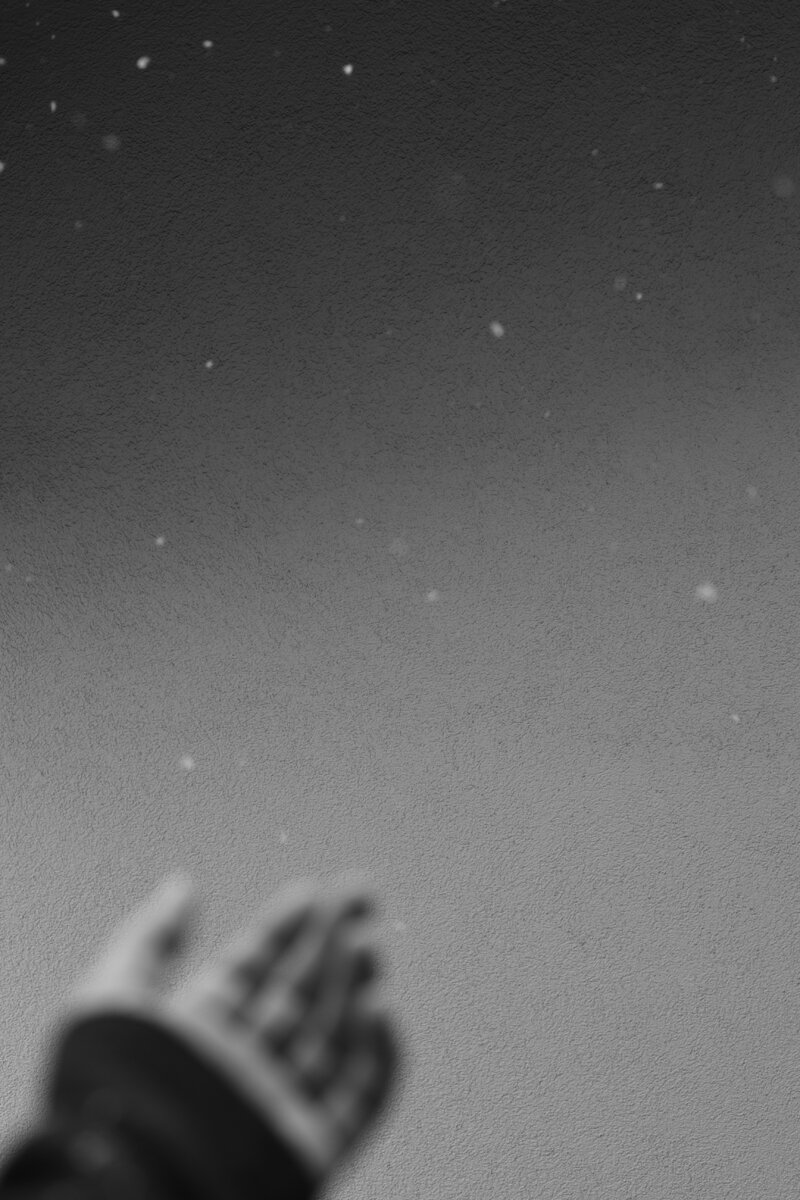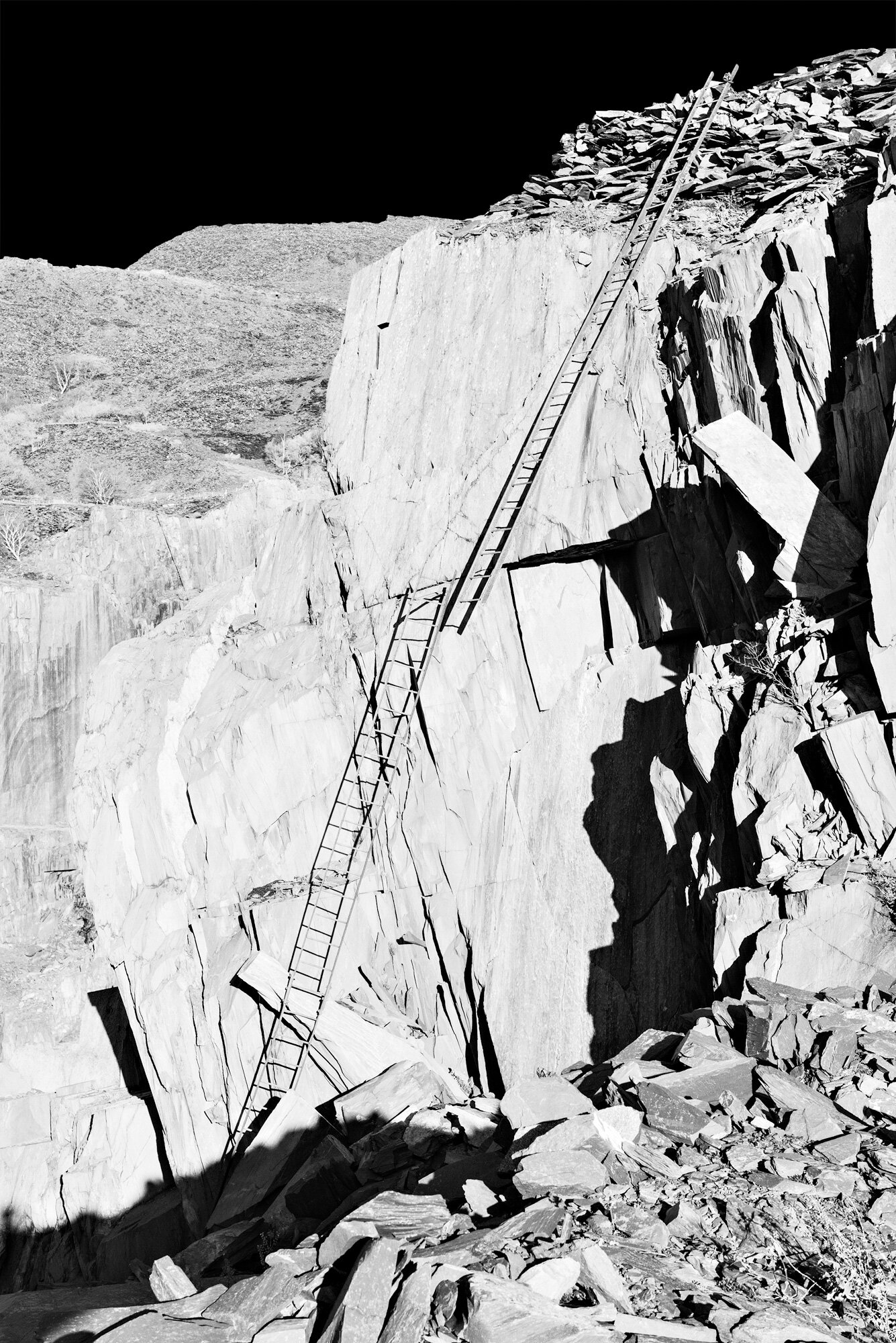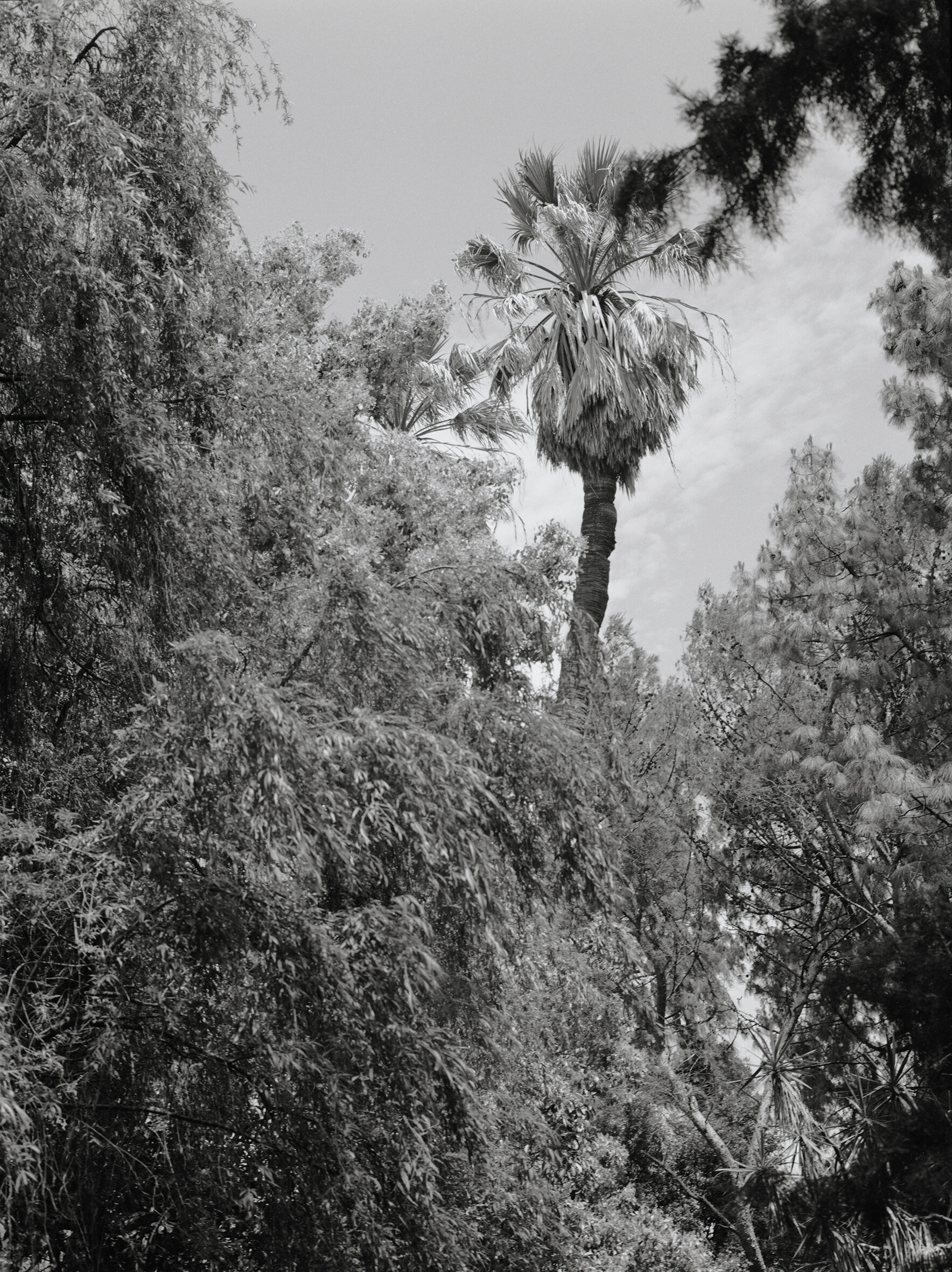Theo Simpson #31
COLLECTIVE 31
THEO SIMPSON
Collective focus on the artistic process of one emerging artist; we learn about their sculptural practice and how it relates to construction, deconstruction, or both. Questions by Joanna Cresswell.
Tell us about your process. What reference or influence (if any) do you take from other mediums? The process of making my work relies on a sustained devotion to a subject and particular landscape in which my ideas are developed. I’m constantly building my archive of found material, aural and ground-based research, which I use to inform constructed works. The process of slowing down allows extensive combinations of materials to be layered, distorted and re-imagined into new patterns of consumption. What I’m trying to do is express something about the nature of the material and environment that surrounds me. I guess it’s an ongoing investigation of some sort; it’s all I know well enough to respond to properly. I take a lot of influence from architecture and engineering, people who are genuinely individual; often daring and original. I respect people like Rodney Gordon, Owen Luder and Samuel Scorer and engineers such as Locke and Stephenson. Whether they are provincial or working on the grand stage, they embody qualities I admire and they all have an unbelievable thirst for perfection and a drive to build expressively and without restraint.
Are these pictures concerned with exploring formal and aesthetical interests – studies of form, colour, movement, how things work together? They are concerned with speculating on the nature of things, which all have their own form and aesthetic value, meaning etc. For me, it’s the meticulous arrangement, control and stabilisation of these fragments that is important. The method of presentation invites materials to reveal themselves differently.
Are you a photographer or an artist using photography? I’ve never thought of such a question.
Does your work reflect on the medium of photography or the photographic image? If so, is that intentional? Yes, the processes involved in creating this work have occurred naturally as a result of my growing scepticism in the ability of the photographs I make to communicate my ideas. I feel that my photographs work better when they are brought into a dialogue with other mediums and materials. In some ways, photographs have become a starting point to trigger a new set of approaches or a method of documenting a particular outcome of that thinking.
Typically, are your works more about construction or deconstruction? Both, the structural works I make are borne out of experiences encountered – which often inform the use of materials or series of processes used in its original manufacture or functionality. In recent pieces, the materials and processes employed invite a holistic re-examination of repetitive surfaces, of complete materiality. They adopt an alternative language; one of construction, engineering and architecture, mans’ inclination to build and to destroy.
Are you interested in the notion of your pictures as objects? Do you think about how their physicality may endure as you are photographing them or is that an afterthought? Yes, in a lot of ways I’m exploring the enduring nature of pictures. Many of my collage works use archive imagery from varied media sources, which have endured for decades. The collages and fly poster installations aim to confront the language of the reported image and the inherent power of this material to create and manipulate meaning. They reflect upon how pictures can mould history and distort memories, creating a phantom reality. They are an illustration of the illusions we crave everyday, illusions we demand, deceptions we expect. Working with the fragments of this carnage reveals it make up, exposes it's blunt authoritarianism and re-disseminates it by it's own means. The physicality/materiality of these images is exaggerated further by processing techniques. I cut and tear from magazines and newspapers and re-interpret fragments and images digitally, often using exploded views to expose the very fabric of their existence.
Often sculptural photographic works are concerned with elevating banal objects, situations or events to a status of ‘art’ – when does something become art for you? I guess that is what’s interesting about what we choose to work with and how. I find metal compelling; it allows to be carved, bent, warped, cut and manipulated so economically. These processes enable an exploration of its potential, Metal is the structural framework for so many great achievements and so many great failures, it passes no judgement; it becomes art when it’s worked by the hand, with vision. I’m not interesting in elevating, but simply showing the possibilities of such materials, maybe that is elevating. I don’t know.
Published 2 February 2017
